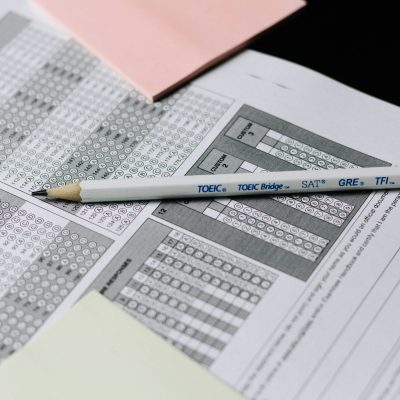Why are teachers still mostly white?
Dear Massachusetts Board of Elementary and Secondary Education members,
I am writing to you today to voice the cry of thousands of students of color. My name is Divine, I am 16 years old and have been living in the rural town of Randolph for 10 years. As American public schools continue to become rainbows of racial diversity the teachers remain mostly white. There is a growing racial gap between students and teachers, and I believe it is within your obligation to lessen this. I ask my officials to recognize the value of teachers of color by providing them with more support (funding), protection and overall respect.
A recent 2017-18 federal survey depicts that 79.3% of public school teachers are white. This is a slight improvement from 87% in 1988, but still nowhere near enough. The fact of the matter is there are rigid systems in place that put people of color at a disadvantage against their white counterparts when it comes to securing and keeping these positions. Because people of color are typically at the lower end of the financial spectrum, they don’t attend college at the same rate as those with wealth. Therefore, it is harder for them to receive their degree and become a teacher.
It is also important to note that when people of color are able to attend college, there is more pressure for them to choose career paths that will bring in money. A well-paying degree would be able to pull them and their entire family out of years of struggling. They don’t have the luxury to be in debt. For them, college is a major investment that they want to receive interest on. Unfortunately, the challenge doesn’t end there. Those who end up securing a spot in the field deal with issues like burnout and isolation from their white peers. Like many other systems in America, the teaching field was never created to include people of color — it was built to break them.
Luckily, many groups and organizations have been working toward a solution to this issue. I will list a few but they are not limited:
- Make a larger effort to recruit more teachers of color.
In the past people have tried to approach this method with wider advertising. However, I’m more in favor of the work attempting to be done in Sonoma County, CA. The Sonoma County Office of Education is trying to create subsidized housing for teachers and run a teacher credentialing program to quickly move instructors into the classroom. By investing in such initiatives, more teachers will find success in the field which will, in turn, attract future prospects.
- Make it easier to become a teacher.
Besides addressing college affordability and raising the salary of a teacher, officials should increase state funding for intensive teacher preparation support programs. This would ensure that teachers of color successfully complete their preparation programs.
- Create supportive pathways for teachers of color to help improve the retention rate.
Ultimately, more respect, support, and protection needs to be directed toward the teaching profession. To show teachers that they are in fact valued, we should create more benefits. Incentives like more time off and higher pay could not only draw in new prospective teachers, but also help keep teachers in the field. It is also crucial that we take steps to improve the harsh work culture. Many teachers of color find themselves feeling isolated from their white peers. To combat this, we could create alliances for teachers of color to help foster a sense of community.
I urge you to take action as soon as possible because without proper intervention the gap will only widen. I hope you can consider some of my propositions or even conduct research of your own. Your power and influence can help create a collection of teachers more reflective of their students. I truly look forward to the day my younger sister can sit at her desk and find someone who shares her story smiling down at her. Thank you for reading my letter, and please remember that you don’t have to wait for another.
Sincerely,
Divine Eche










